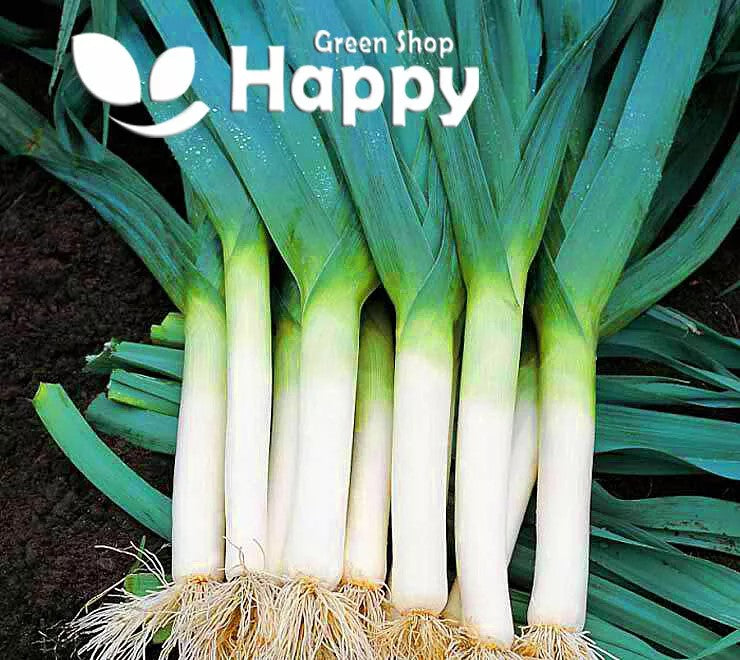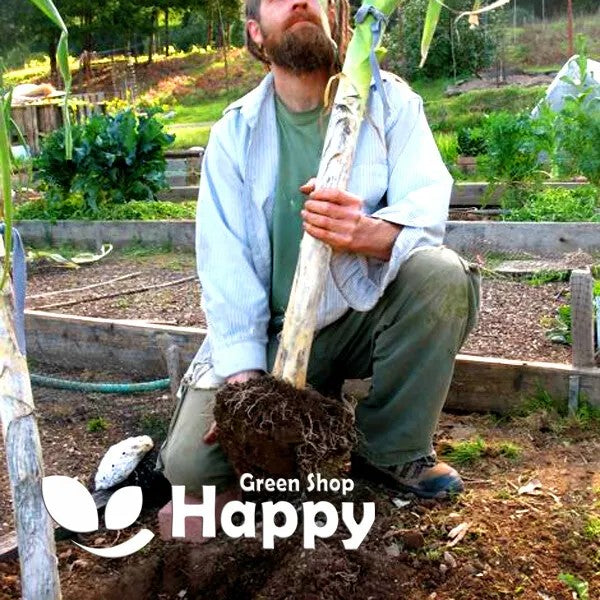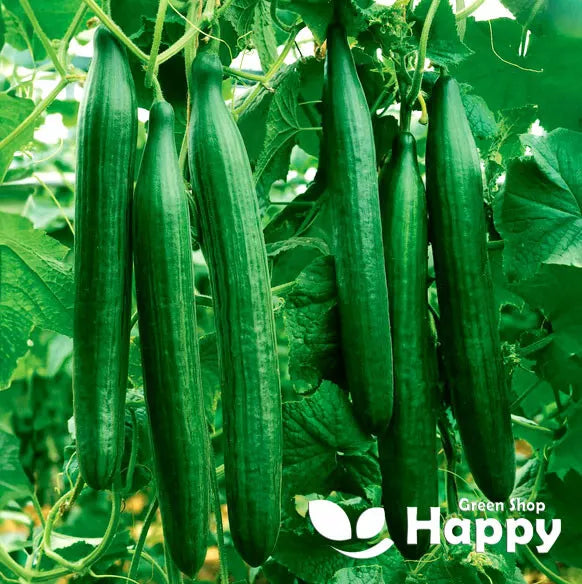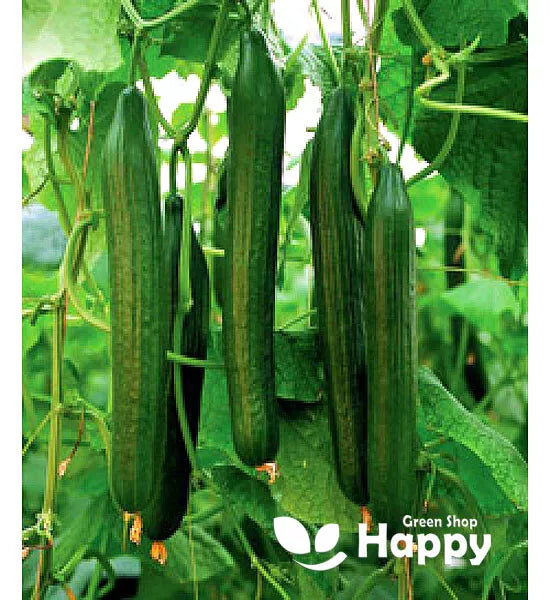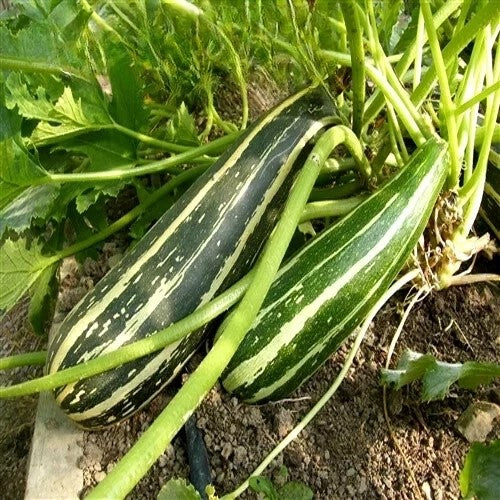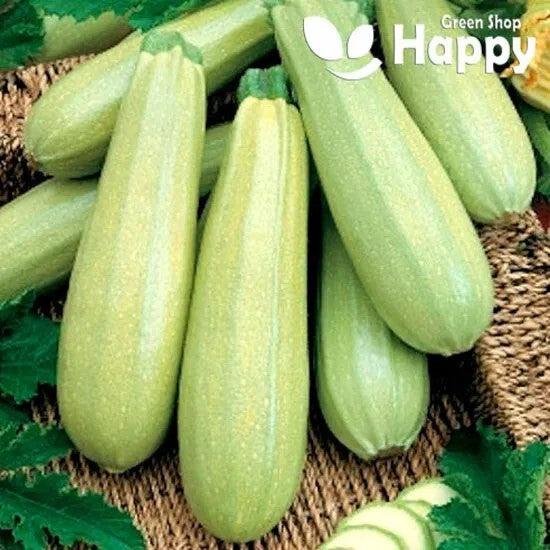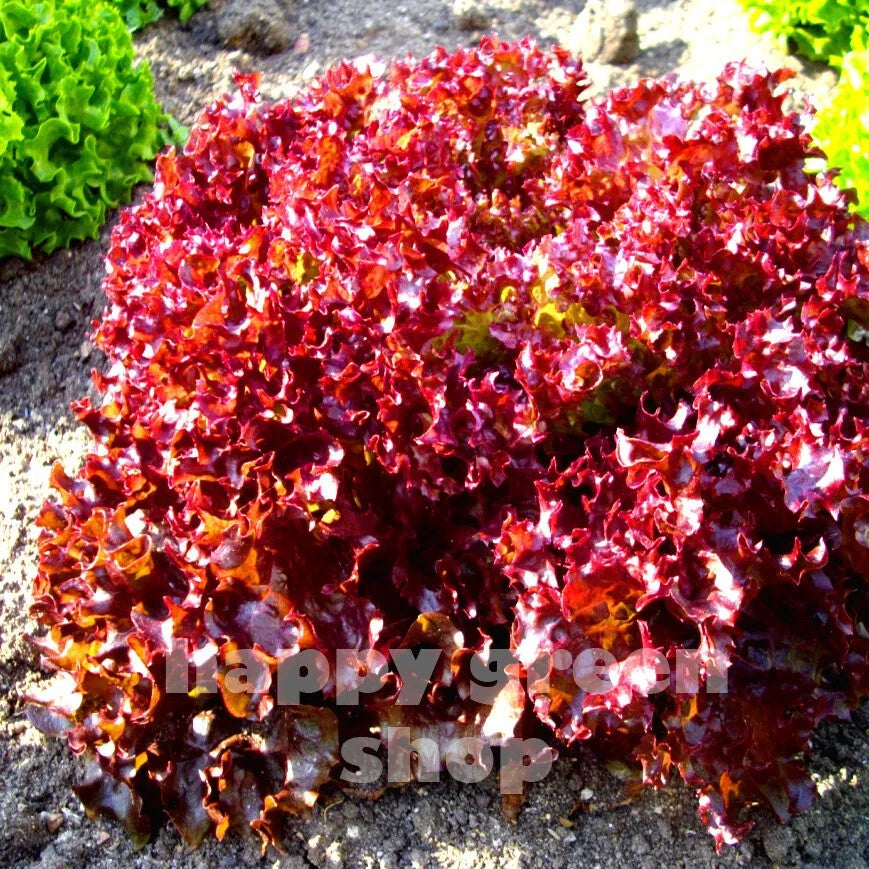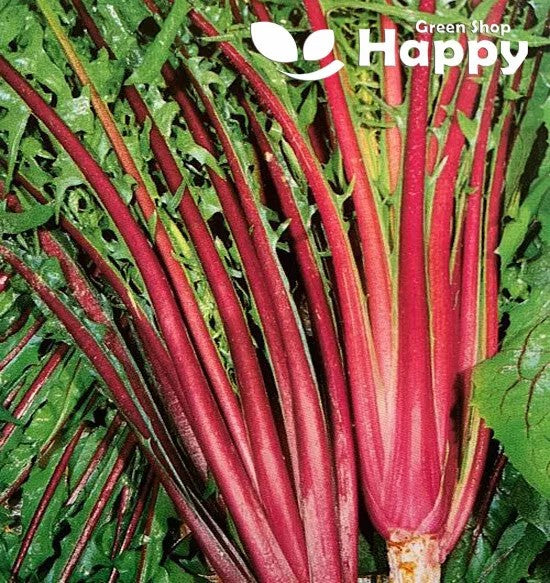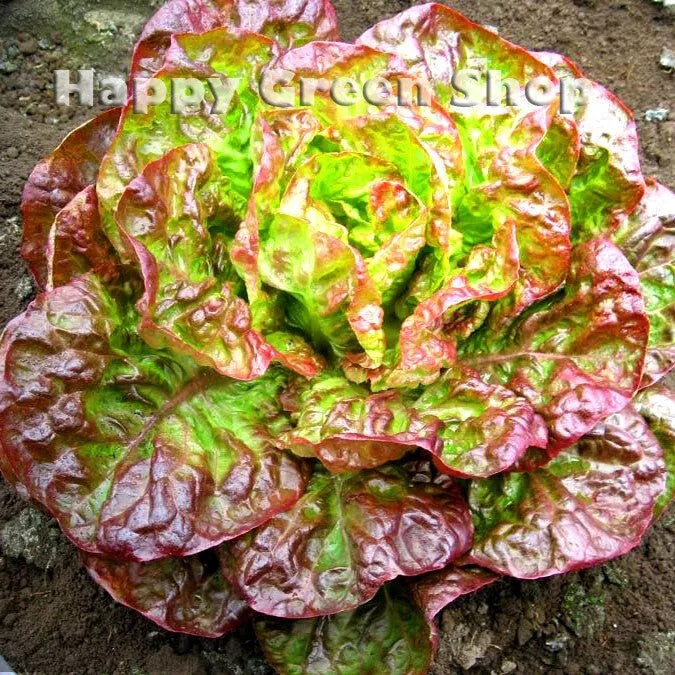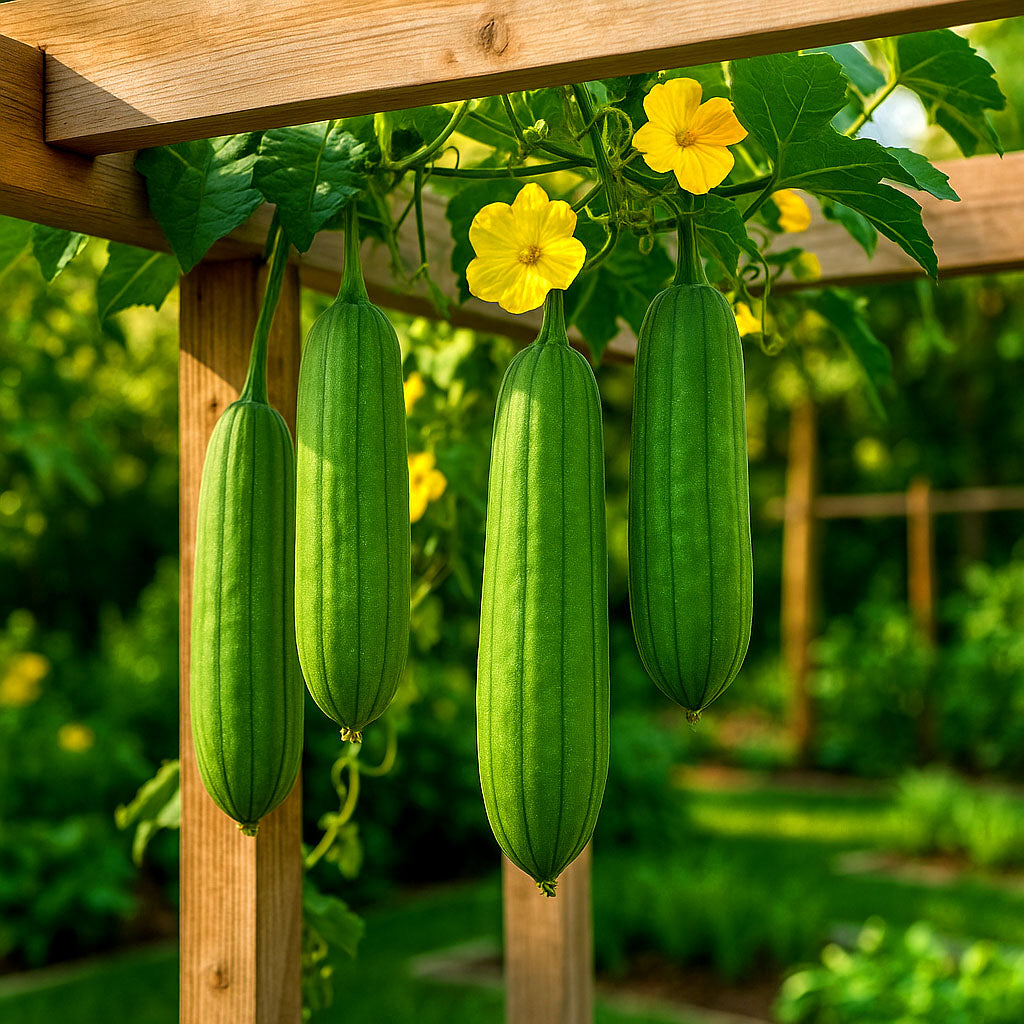Sort by:
299 products
299 products
Leek 'Bulgarian Giant' – Seeds (Allium porrum)
Grow impressively large leeks with 'Bulgarian Giant', a heritage variety renowned for its thick, long white stems and tender green leaves. Ideal for soups, stews, and roasting, this hardy leek is slow to bolt and produces a reliable, high-yielding crop for home gardens and allotments. Perfect for gardeners seeking substantial, flavorful leeks throughout the season.
How to Grow
. Sow indoors: February – March, 1–2 cm deep in trays or seedbeds
. Transplant outdoors: April – June, spacing 15–20 cm apart in rows 30 cm apart
. Prefers fertile, well-drained soil with full sun
. Water consistently to encourage long, tender stems
. Harvest: Late summer to winter depending on planting date
Key Features
. Heritage leek variety producing thick, long stems
. Tender and flavorful for cooking
. High-yielding and hardy
. Slow to bolt for extended harvest
. Ideal for soups, stews, roasting, and braising
Ideal For
. Home gardens and allotments
. Culinary use in hearty dishes and soups
. Long-term harvesting from summer into winter
. Gardeners seeking classic, productive leek varieties
Sowing & Harvest
. Sow: February – March
. Transplant: April – June
. Harvest: August – December
Quick Tip
For extra-long stems, blanch leeks by mounding soil around the base as they grow.
Cucumber 'Telegraph Improved' – Seeds (Cucumis sativus)
Enjoy crisp, tender cucumbers with Cucumber 'Telegraph Improved', a classic English variety renowned for its long, slender, dark green fruits and mild, sweet flavor. Ideal for fresh salads, sandwiches, and pickling, this variety is highly productive and resistant to common cucumber diseases. Perfect for home gardens, allotments, or greenhouse cultivation.
How to Grow
. Sow indoors: March – May, 1–2 cm deep in pots
. Transplant outdoors: After last frost or grow under cloche/greenhouse for best results
. Sow outdoors: May – June in fertile, well-drained soil
. Provide support such as a trellis or frame for climbing
. Keep soil moist and feed regularly for abundant harvests
Key Features
. Classic English cucumber with long, dark green fruits
. Mild, sweet flavor suitable for salads and fresh eating
. Highly productive and disease-resistant
. Ideal for greenhouse or outdoor trellis growing
. Reliable, uniform fruits perfect for slicing
Ideal For
. Fresh salads, sandwiches, and summer meals
. Home gardeners and allotment plots
. Greenhouse cultivation for early and high-yield crops
. Pickling and culinary versatility
Sowing & Harvest
. Sow: March – June
. Harvest: June – September
Quick Tip
Harvest regularly when fruits are firm and uniform in size to encourage continuous production throughout the season.
Courgette 'Stiato d'Italia' – Seeds (Cucurbita pepo)
Add authentic Italian flavor to your garden with Courgette 'Stiato d'Italia', an heirloom variety renowned for its striped green fruits and tender, sweet flesh. Perfect for summer harvests, these elegant courgettes are ideal for grilling, roasting, stuffing, or fresh salads. Prolific and easy to grow, 'Stiato d'Italia' combines visual appeal with gourmet taste.
How to Grow
. Sow indoors: March – May, 1–2 cm deep in pots
. Transplant outdoors: After last frost, spacing 70–90 cm apart
. Sow outdoors: May – June in fertile, well-drained soil
. Prefers full sun and regular watering
. Harvest fruits 15–20 cm long for the best flavor and texture
Key Features
. Italian heirloom zucchini with striking striped green skin
. Tender, mild-flavored flesh for versatile cooking
. Prolific and early-bearing variety
. Perfect for grilling, roasting, stuffing, or salads
. Decorative, uniform fruits ideal for home gardens
Ideal For
. Fresh summer cooking and Italian dishes
. Gardeners seeking unique and attractive courgettes
. Small vegetable beds, allotments, or containers
. Gourmet recipes including stuffed or roasted zucchini
Sowing & Harvest
. Sow: March – June
. Harvest: June – September
Quick Tip
Harvest regularly when fruits are young and slender to encourage continuous production throughout the season.
White Courgette Italian Zucchini 'Bianca di Trieste' – Seeds (Cucurbita pepo)
Discover the elegant 'Bianca di Trieste' zucchini, an Italian heirloom variety known for its pale, ivory-white fruits with a delicate, tender flesh and mild flavor. Ideal for summer gardens, this prolific plant produces slender, uniform courgettes perfect for sautéing, grilling, stuffing, or adding a gourmet touch to salads and pasta dishes. A true classic for chefs and home gardeners alike.
How to Grow
. Sow indoors: March – May, 1–2 cm deep in pots
. Transplant outdoors: After last frost, spacing 70–90 cm apart
. Sow outdoors: May – June in fertile, well-drained soil
. Prefers full sun and regular watering
. Harvest: 15–20 cm long for the best flavor and texture
Key Features
. Italian heirloom zucchini with ivory-white skin
. Tender, mild-flavored flesh ideal for cooking
. Prolific and early-yielding variety
. Perfect for grilling, stuffing, sautéing, or salads
. Decorative and uniform fruits
Ideal For
. Gourmet summer cooking
. Home vegetable gardens and allotments
. Fresh eating or light cooking
. Chefs and garden enthusiasts seeking unique zucchini varieties
Sowing & Harvest
. Sow: March – June
. Harvest: June – September
Quick Tip
Harvest young for the most tender flavor and to encourage continuous fruit production throughout summer.
Oak Leaf Lettuce 'Green Salad Bowl' – Seeds (Lactuca sativa)
A true kitchen garden favorite, Oak Leaf Lettuce 'Green Salad Bowl' is a fast-growing, cut-and-come-again variety with long, deeply notched green leaves that resemble oak foliage. Its mild, tender flavor and crisp texture make it perfect for everyday salads. Easy to grow and slow to bolt, it provides a generous harvest of fresh greens all season long.
How to Grow
. Sow indoors from February to April or directly outdoors from March to July
. Sow thinly, 0.5 cm deep in rows 25–30 cm apart
. Thin seedlings to 20 cm apart, or grow closer for baby leaves
. Prefers full sun and moist, fertile, well-drained soil
. Harvest leaves regularly to encourage continuous cropping
Key Features
. Classic oak leaf lettuce with tender green leaves
. Mild flavor, perfect for salads and sandwiches
. Cut-and-come-again variety for extended harvests
. Slow to bolt, even in warmer conditions
. Easy to grow in beds, borders, or containers
Ideal For
. Fresh everyday salads
. Cut-and-come-again harvesting
. Home gardens, pots, and allotments
. Gardeners seeking reliable, easy lettuce
Sowing & Harvest
. Sow: February – July
. Harvest: May – September
Quick Tip
For the best flavor and texture, pick leaves early in the morning when they’re freshest and most tender.
Lettuce 'Lollo Rosso' – Seeds (Lactuca sativa)
Brighten your salad bowl with Lettuce 'Lollo Rosso', a classic Italian variety admired for its deep red, frilly leaves and tender, crisp texture. With its mild yet slightly tangy flavor, this cut-and-come-again lettuce is perfect for adding both color and crunch to salads, sandwiches, and garnishes. Easy to grow, quick to mature, and highly decorative in the garden.
How to Grow
. Sow indoors from February to April or directly outdoors from March to July
. Sow thinly, 0.5 cm deep in rows 25–30 cm apart
. Thin seedlings to 20 cm apart for full-sized heads
. Prefers full sun and fertile, well-drained soil
. Water regularly to keep leaves tender and sweet
Key Features
. Attractive red, frilled leaves for striking salads
. Mild, slightly tangy flavor
. Cut-and-come-again variety for multiple harvests
. Decorative and productive in beds or pots
. Quick to mature, reliable crop
Ideal For
. Fresh salads and sandwiches
. Cut-and-come-again harvesting
. Adding color to kitchen gardens or containers
. Home cooks and salad lovers
Sowing & Harvest
. Sow: February – July
. Harvest: May – September
Quick Tip
Harvest outer leaves regularly to extend cropping, or cut the whole head at the base for a fuller harvest.
Chicory Baby Leaf 'Italico Rosso' – Seeds (Cichorium intybus)
Add vibrant color and a tangy bite to your salads with Chicory Baby Leaf 'Italico Rosso'. This Italian variety is known for its deep red, slender leaves and pleasantly bitter flavor that balances perfectly with milder greens. Fast-growing and easy to harvest as baby leaves, it is a staple for gourmet salad mixes and year-round growing.
How to Grow
. Sow directly outdoors or under cover from March to September
. Scatter thinly and cover lightly with soil, keeping moist until germination
. Harvest young leaves at 5–10 cm for baby salad mixes
. For cut-and-come-again harvests, trim leaves regularly to encourage regrowth
. Prefers fertile, well-drained soil in sun or partial shade
Key Features
. Italian chicory with striking red baby leaves
. Distinctive tangy, slightly bitter flavor
. Quick to mature, harvestable in weeks
. Perfect for cut-and-come-again cropping
. Adds texture and color to gourmet salads
Ideal For
. Fresh salad mixes
. Gourmet dishes and Italian cuisine
. Cut-and-come-again harvesting
. Gardeners seeking unique leafy greens
Sowing & Harvest
. Sow: March – September
. Harvest: April – October
Quick Tip
Mix 'Italico Rosso' with milder lettuces and rocket for a balanced, colorful salad bowl.
Batavian Lettuce 'Canasta' – Seeds (Lactuca sativa)
Enjoy crisp and tender leaves with Batavian Lettuce 'Canasta', a traditional variety known for its red-tinted, crinkled heads and excellent bolt resistance. This semi-heading lettuce produces large, crunchy leaves with a mild, sweet flavor, perfect for fresh salads or as a base for summer dishes. Hardy and versatile, 'Canasta' thrives even in warmer weather, making it a reliable choice for gardeners.
How to Grow
. Sow indoors from February to April or directly outdoors from March to July
. Sow thinly, 0.5 cm deep, in rows 25–30 cm apart
. Thin seedlings to 20–25 cm apart to allow full head development
. Prefers full sun and fertile, well-drained soil
. Water consistently to prevent bitterness and promote tender leaves
Key Features
. Traditional Batavian lettuce with semi-heading form
. Large, crisp leaves with red-tinged edges
. Mild, sweet flavor perfect for fresh salads
. Excellent bolt resistance in warm conditions
. Easy to grow and high yielding
Ideal For
. Summer salads and fresh eating
. Home gardens and allotments
. Gardeners seeking heat-tolerant lettuce
. Companion planting in vegetable beds
Sowing & Harvest
. Sow: February – July
. Harvest: May – September
Quick Tip
Harvest outer leaves regularly to encourage continuous growth, or allow full heads to form for a crunchy centerpiece lettuce.
Vegetable Sponge – Seeds (Luffa cylindrica)
Grow your own natural sponges with Luffa cylindrica, also known as the vegetable sponge or loofah. This fascinating gourd plant produces long green fruits that, when matured and dried, reveal a fibrous interior perfect for eco-friendly sponges, bath accessories, and natural scrubbers. Young fruits can also be cooked and eaten like courgettes. A rewarding and unique plant for gardeners who love trying something different.
How to Grow
. Sow indoors in April, 1–2 cm deep in pots of moist compost, keeping them warm (20–25°C)
. Transplant outdoors or into a greenhouse after the last frost, spacing 60–90 cm apart
. Requires full sun, warmth, and rich, well-drained soil
. Support with trellis or canes for climbing vines
. Harvest young fruits for eating, or allow to mature fully for sponges
Key Features
. Produces natural loofah sponges when dried
. Young fruits edible, similar to courgettes
. Vigorous climbing plant with long vines
. Thrives in warm, sunny conditions
. Unique and sustainable garden crop
Ideal For
. Eco-friendly bath and kitchen sponges
. Gardeners who enjoy unusual crops
. Warm gardens, greenhouses, or polytunnels
. DIY natural skincare and household uses
Sowing & Harvest
. Sow: April – May
. Harvest: August – October (young fruits) or later for mature loofahs
Quick Tip
For sponges, leave fruits on the plant until skins turn yellow and dry, then peel to reveal the fibrous loofah inside.
Showing 108/299


